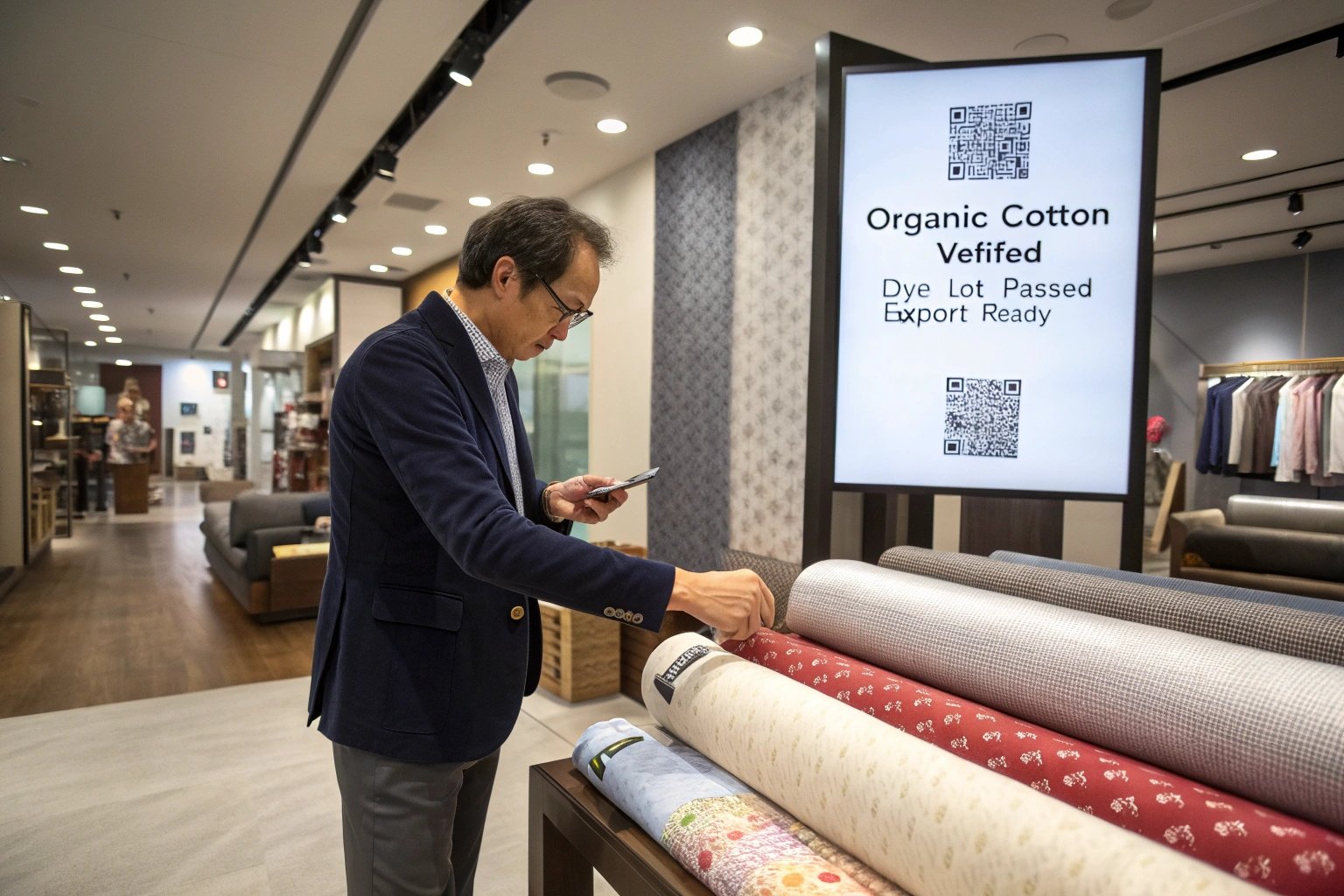In today’s fashion and fabric world, saying “sustainable” isn’t enough. Brands, retailers, and even consumers are demanding proof. Where was this fabric made? Was it dyed safely? Is the cotton organic—and can that be verified?
Traceability is the backbone of true sustainable sourcing. Without it, sustainability claims collapse under scrutiny—and both factories and buyers risk losing trust, clients, and legal compliance.
As a Chinese textile manufacturer exporting to over 100 countries, I’ve seen firsthand how traceability protects both the buyer and the supply chain. Let’s explore why it's no longer optional—but essential.
What Does Traceability Mean in Textile Supply Chains?
Traceability isn’t just a buzzword—it’s a data-driven map of how your fabric came to life.
In sustainable sourcing, traceability refers to the ability to track a fabric’s entire lifecycle—from fiber origin to finished roll—ensuring transparency, ethical labor, and environmental compliance at every step.
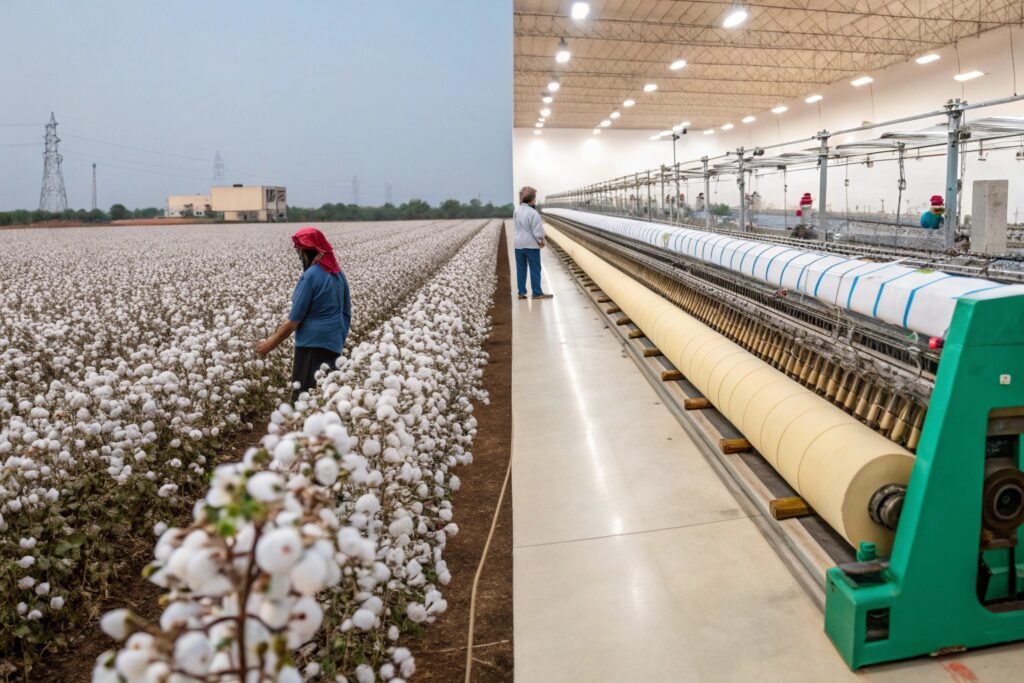
How Is Traceability Implemented in Fabric Sourcing?
- QR-coded lots: Each roll carries a scannable tag linked to production data
- Digital PLM systems: Track fiber source, yarn batch, weaving date, dye lot
- Lab certification linkage: Connects test results to specific production runs
At Fumao, we attach QR codes to all eco-certified fabrics. Clients can scan and access:
- Fiber certificates (e.g., GOTS, GRS)
- Dyeing process details (e.g., APEO-free)
- Environmental audit logs (e.g., wastewater reports)
What Are the Layers of Fabric Traceability?
| Stage | Data Tracked |
|---|---|
| Raw fiber | Country, farm ID, certification |
| Yarn spinning | Mill name, date, spinning method |
| Weaving/Knitting | GSM, construction, loom batch |
| Dyeing/Finishing | Chemicals used, lab dips, effluent treatment |
| QC + Packing | Inspection reports, packing list, destination |
Each layer adds protection against greenwashing or non-compliant claims.
Why Do Global Buyers Demand Full Traceability?
Sustainability is no longer a “nice to have.” For many global buyers, especially in Europe and North America, traceability is mandatory for compliance and brand integrity.
Global buyers demand traceability to ensure fabrics meet legal, ethical, and consumer expectations. It helps them pass audits, maintain certifications, and build long-term credibility.
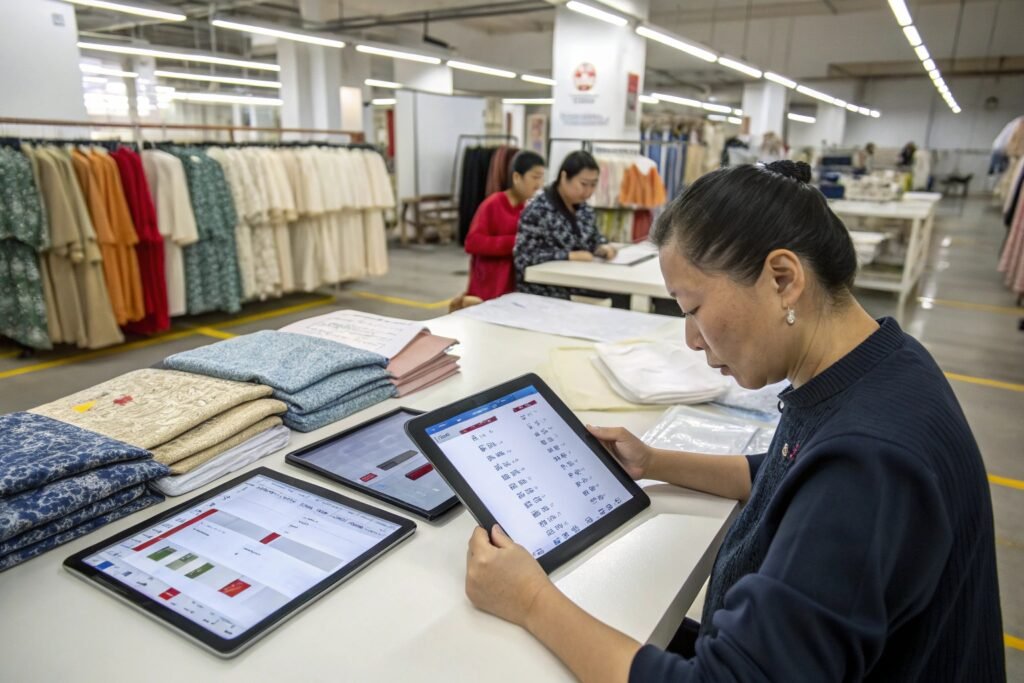
What Regulations Make Traceability Essential?
- EU Green Deal / CSRD: Requires traceable sustainability reporting
- US Uyghur Forced Labor Prevention Act: Demands fiber-level origin tracking
- GOTS, OEKO-TEX, GRS: All require documentable traceability from source to finish
Failure to trace fabric origins can result in:
- Seizures at customs
- Audit failure by certifying bodies
- Loss of retail partnerships (especially with eco-focused chains)
How Do Brands Use Traceability in Marketing?
Leading brands highlight traceable fabrics with:
- QR codes on swing tags
- “Track Your Cotton” digital stories
- Supplier maps on e-commerce pages
Our clients often request video clips from our dyeing or weaving lines to embed in their brand storytelling, enhancing transparency and consumer engagement.
What Technology Powers Modern Fabric Traceability?
Today’s traceability tools aren’t spreadsheets—they’re smart, connected, and automated.
Modern fabric traceability is powered by digital platforms that connect physical fabric with cloud-based production data, lab reports, and certifications, often in real time.
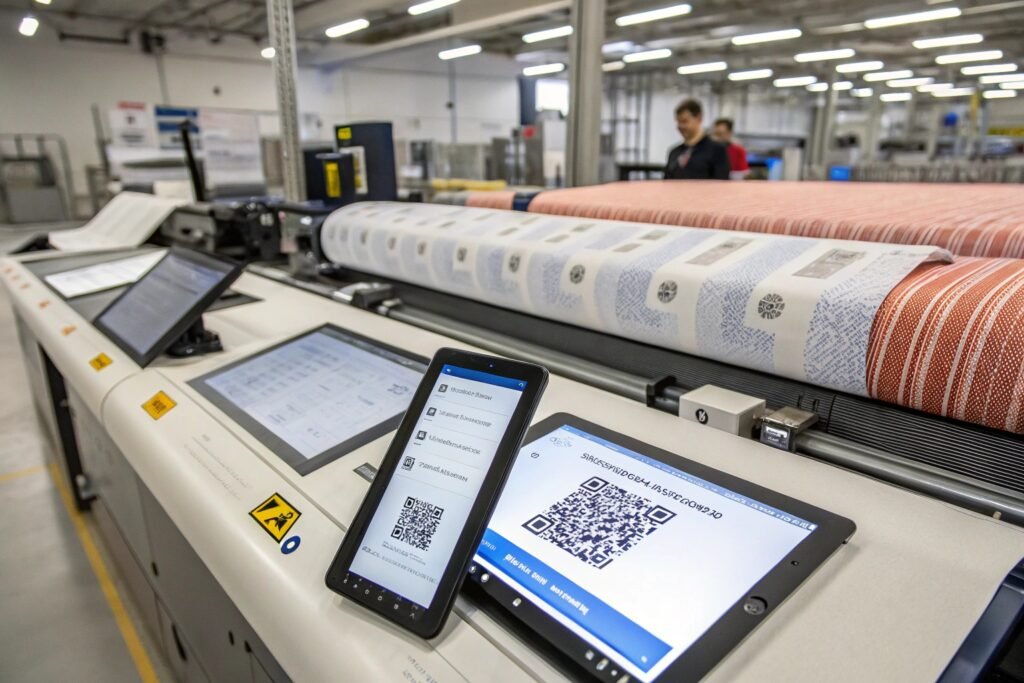
What Are the Key Tools Used?
- QR tags or RFID: Physical links between fabric roll and cloud data
- PLM/ERP systems: Track spec changes, order history, vendor data
- Blockchain (emerging): Immutable data logs of production events
- AI trend analysis: Forecast eco-compliance risk from suppliers
Fumao uses a CNAS-linked database that ties each certified roll to its:
- Testing ID
- Composition analysis
- Shrinkage, colorfastness, and chemical test results
How Is This Data Shared with Buyers?
Buyers receive:
- Batch traceability sheets (PDF + live link)
- QR-scanable roll labels
- Archived test results for customs or internal audits
- Eco-cert documents matched to invoice ID
We even offer multilingual traceability sheets for EU and Russian clients to ensure easy clearance and marketing use.
How Does Traceability Prevent Greenwashing?
Greenwashing—when companies make misleading sustainability claims—is one of the biggest threats to ethical sourcing. But traceability stops it in its tracks.
Traceability prevents greenwashing by offering hard data instead of vague promises. It verifies every sustainability claim with origin-backed, test-supported documentation.
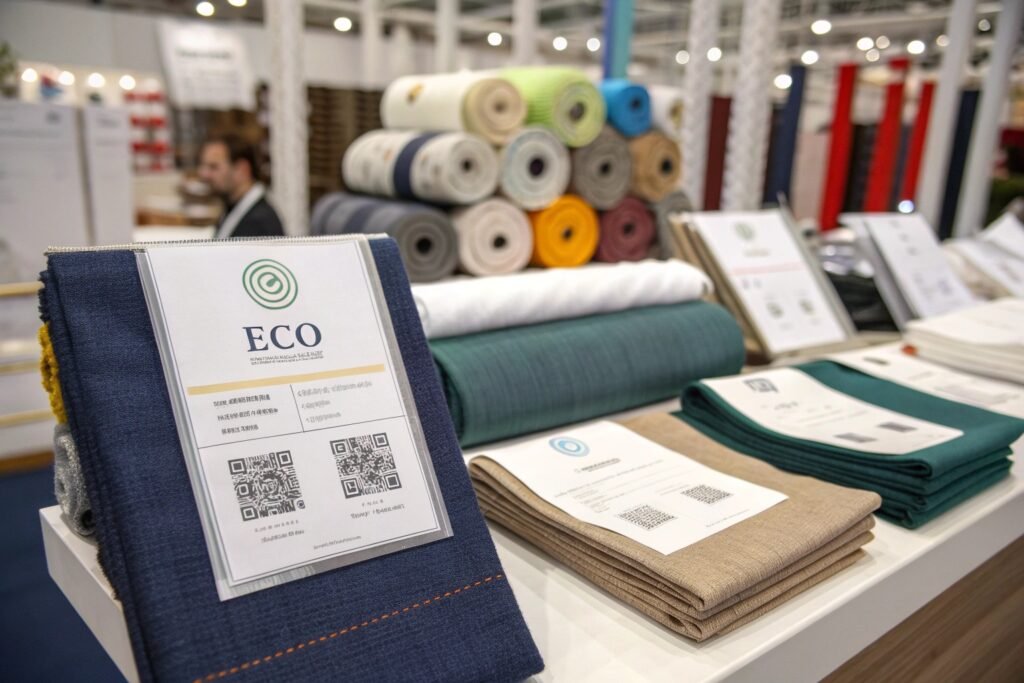
What Are Signs of Greenwashing in Fabric Sales?
- No test reports or origin data provided
- “Organic” or “recycled” claims without certificates
- Lack of QR tracking or fabric lot info
- Pushback when asking for lab results
Real sustainable suppliers are transparent—not defensive. At Fumao, we encourage third-party audits and client-side lab verification for every certified batch.
How Do Buyers Spot Greenwashing?
Smart buyers:
- Request documentation at quoting stage
- Ask about finishing chemicals used
- Demand shrinkage/dye test alignment with eco claims
- Check for ISO, CNAS, SGS or ITS lab links
Traceable fabrics protect not just the planet, but your brand. They let you prove—beyond a doubt—that what you sell is exactly what you claim.
Conclusion
Traceability isn’t just about logistics—it’s the DNA of sustainable sourcing. It builds trust, prevents fraud, satisfies regulators, and gives brands the confidence to tell their sustainability story loud and clear.
At Fumao Fabric, we believe in traceable manufacturing, from organic cotton fields to EU-certified finishing lines. With over 30,000 traceable styles in stock and QR-verified roll systems, we help global buyers deliver fabrics that meet both their values and their specs—without compromise.

